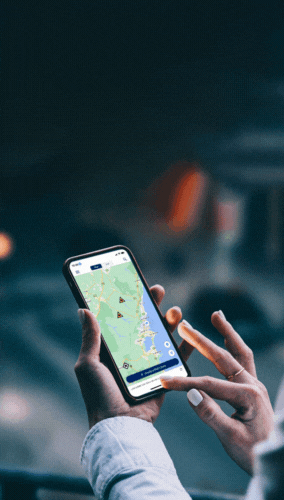Cleaning up after a flood
Emergencies by their very nature are disruptive and can be very stressful. A major dilemma many households face with wind and water damage, is how and where to begin the clean up. This page contains some useful tips and practical information to help households start the clean up-both inside and outside.
Know your risk
There are a number of residual risks following a flood that you should be aware of when returning to your home or an area previously affected by flooding.
These may include but not limited to:
- snakes and spiders that have sought refuge in your property
- structural damage to your home
- potential contaminants
- water damaged electric circuits
- gas leaks
- slip, trip or fall hazards
- contaminated food
- contaminated water supplies
- contaminated personal items including toothbrushes, crockery etc
- materials that could be a risk to your health including asbestos
- mosquitos carrying disease
Returning home
Before returning home after an emergency, stock up on basic items such as non-perishable food (canned or in jars), bottled water, medications, a torch and batteries.
Fill up your fuel tank and withdraw cash (ATMs) in your area may not be working or banks may be closed). Be prepared for a slow journey; road conditions may have changed and there may be detours in place.
Keep listening to your radio for up-to-date information about the emergency and any new potential risks.
Wait for the Reduced Threat: Return with Caution - Advice from emergency services agencies before going into an affected area, and ask the authorities if you can salvage items from your house.
If you can, check on your neighbours to see if they are OK and need any help. Let them know if you need some help. Once phone lines are restored, let family and friends know that you are OK and can be contacted.
Avoid wading or driving through flooded roads or waterways and watch out for broken glass, tin, nails and other sharp objects that can cause injury.
General safety issues
Because of potential safety/hygiene issues it is important to:
- Keep children away during the clean up
- Use disinfectant when cleaning
- Wash your hands before eating,drinking or smoking
- Disinfect any cuts quickly and cover with a waterproof dressing
- Bury any faecal matter quickly.
Flood waters can be dangerous and may be contaminated, so always wear protective equipment for all tasks:
- Sturdy boots, long pants and long sleeves, eye protection and gloves-and wear a hat, sunscreen and insect repellent when necessary.
- Watch out for potential dangers such as snakes, spiders and other animals. If wildlife has taken shelter in your sheds or home, contact your local council or wildlife rescue to arrange for their care.
- If power lines have fallen, move away slowly and calmly and contact the energy authorities. Be careful around trees, as branches may have become loose and can fall without warning.
- If you have to step in water to get to the fuse box or circuit breaker, call an electrician first for advice.
- All electrical equipment (including vacuum cleaners, washers, fridges and dryers) should be dried and checked by an electrician before being used again.
Electrical safety
If your power or gas goes out or there's a fault or emergency, your distributor is usually the best place to start.
Your distributor can arrange to send someone out if you have a supply issue or fault. If there’s an outage, they can normally provide you with information on when power or gas should be back up and running.
- Unplug all electrical appliances affected by water and have them inspected by a licensed electrical contractor before using them again.
- Take extra care around your switchboard. If you’re unsure about your switchboard's safety, steer clear and call your licensed electrical contractor.
- Take care when cleaning up, as fallen powerlines hidden in branches, debris or water can be extremely dangerous. Don't take chances. If you find a fallen power line, keep well away, warn others and call the electricity distributor in your area or emergency services on 000.
More information can be found on the Red Cross website Cleaning Up After a Disaster



